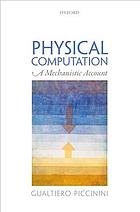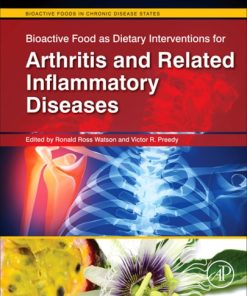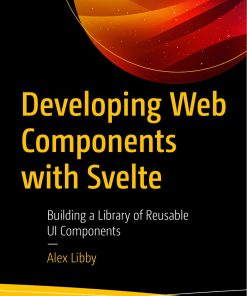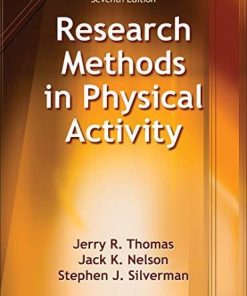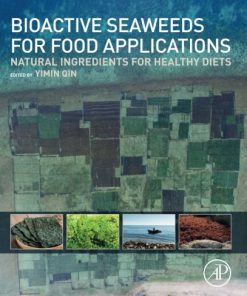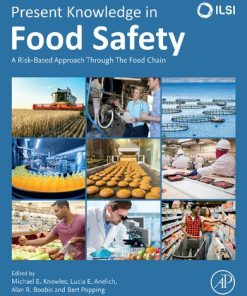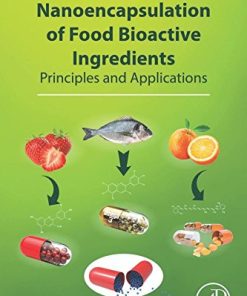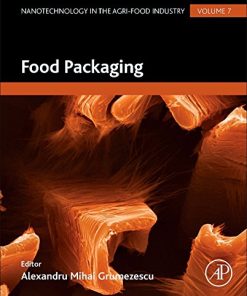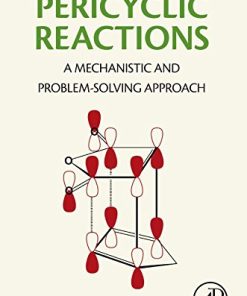(Ebook PDF) Bioactive Food Components Activity in Mechanistic Approach 1st Edition by Cinthia Bau Betim Cazarin 0128225904 9780128225905 full chapters
$50.00 Original price was: $50.00.$25.00Current price is: $25.00.
Bioactive Food Components Activity in Mechanistic Approach 1st Edition by Cinthia Bau Betim Cazarin – Ebook PDF Instant Download/DeliveryISBN: 0128225904, 9780128225905
Full download Bioactive Food Components Activity in Mechanistic Approach 1st Edition after payment.
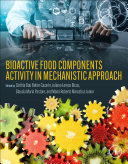
Product details:
ISBN-10 : 0128225904
ISBN-13 : 9780128225905
Author : Cinthia Bau Betim Cazarin
Bioactive Food Components Activity in Mechanistic Approach presents the role of functional foods and bioactive compounds in inflammation. This book focuses on bioactive compounds, including phenolics, prebiotics, carotenoids, tocopherols, bioactive peptides, probiotics, polyunsaturated and monounsaturated fatty acids, and describes their actions in several diseases, mainly obesity and co-morbidities, inflammatory bowel disease, cognitive decline and cancer, and aging. Intended for food, nutrition, and nutraceutical researchers, as well as those studying related fields, the book offers a mechanistic approach that is currently lacking in the market.
Bioactive Food Components Activity in Mechanistic Approach 1st Table of contents:
Chapter 1. Introduction
Abstract
1.1 Introduction
1.2 Chronic diseases in the world and the causal role of the environmental factors
References
Chapter 2. Main molecular mechanisms for noncommunicable diseases
Abstract
2.1 Introduction
2.2 Main molecular mechanisms for noncommunicable diseases
2.3 Conclusion
Conflict of interest statement
Acknowledgments
References
Chapter 3. Phenolic compounds
Abstract
3.1 Introduction
3.2 In vitro evidence of food phenolic compound bioactivity and their mechanisms of action
3.3 Antioxidant activity
3.4 Antiinflammatory activity
3.5 Activities against chronic diseases
3.6 In vivo evidences of food phenolic compound bioactivities
3.7 Neuroprotection potential
3.8 Antidiabetic potential
3.9 Cardioprotective potential
3.10 Antiobesity potential
3.11 Anticancer potential
3.12 Clinical trials
3.13 Bioavailability and metabolism studies
3.14 Longitudinal dietary assays
3.15 Conclusion
References
Chapter 4. Prebiotics and probiotics
Abstract
4.1 Introduction
4.2 Prebiotics
4.3 Probiotics
4.4 Clinical evidence e proposed mechanisms of action of prebiotics and probiotics
4.5 Conclusion
Acknowledgments
Conflict of interest statement
References
Chapter 5. Carotenoids
Abstract
5.1 Introduction
5.2 Animal studies
5.3 Human studies
5.4 Mechanistic studies
5.5 Conclusion
References
Chapter 6. Tocopherols and tocotrienols: the essential vitamin E
Abstract
6.1 Introduction
6.2 Chemistry of tocopherols and tocotrienols
6.3 Sources of tocopherol and tocotrienol
6.4 Role of tocopherol and tocotrienol in plants and in human health
6.5 Conclusion
Acknowledgment
References
Chapter 7. Bioactive peptides against inflammatory intestinal disorders and obesity
Abstract
7.1 Defining the concept “bioactive peptides”
7.2 Bioactive peptides against inflammatory intestinal diseases
7.3 Bioactive peptides against obesity
7.4 Concluding remarks
References
Chapter 8. Monounsaturated and polyunsaturated fatty acids: structure, food sources, biological functions, and their preventive role against noncommunicable diseases
Abstract
8.1 General topics on monounsaturated and polyunsaturated fatty acids
8.2 Prospecting the potential health benefits monounsaturated and polyunsaturated fatty acids in cell model systems
8.3 Monounsaturated and polyunsaturated fatty acids effects in animal models
8.4 Role of fatty acids for the primary and secondary prevention of cardiovascular disease
8.5 Final considerations and future directions
Acknowledgments
References
Chapter 9. Sulfur compounds
Abstract
9.1 Introduction
9.2 Chemical definition of glucosinolates and their hydrolytic products
9.3 Sources of glucosinolates
9.4 Role of isothiocyanates in neuroprotection
9.5 In vitro and in vivo neuroprotective activities of isothiocyanate and their mechanistic pathway(s)
9.6 Major pathways involved in neuroprotection/neurotoxicity
9.7 Isothiocyanates as antioxidant and antiinflammatory agent
9.8 Isothiocyanates as anticancer and chemopreventive agent
9.9 Isothiocyanates as antidiabetic agent
9.10 Conclusion
References
Chapter 10. Phytosterols: physiological functions and therapeutic applications
Abstract
10.1 Introduction
10.2 Major mode of action of phytosterols
10.3 Models of colon cancer
10.4 Models of breast cancer
10.5 Models of prostate cancer
10.6 Conclusion
People also search for Bioactive Food Components Activity in Mechanistic Approach 1st:
what are the components of organic farming
bioactive food components
bioactive food compounds
bioactive food
bioactive food components definition
Tags:
Bioactive Food,Components,Activity,Mechanistic Approach,Cinthia Bau Betim Cazarin
You may also like…
Computers - Computer Science
Biology and other natural sciences
Computers - Web Development
Developing Web Components with Svelte: Building a Library of Reusable UI Components 1st Edition
Communication
Science (General)
Technique - Food Manufacturing
Science (General)
Nanoencapsulation of Food Bioactive Ingredients: Principles and Applications 1st Edition Jafari
Engineering
Nanotechnology in the Agri-Food Industry: Food Packaging 1st Edition Alexandru Grumezescu
Chemistry - Organic Chemistry
Pericyclic Reactions: A Mechanistic and Problem-Solving Approach 1st Edition



